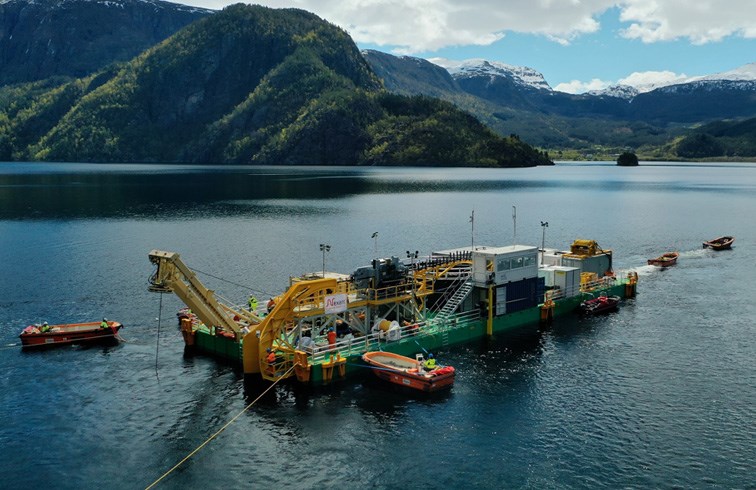By Charles Ellinas
The UK-Norway interconnector, known as the ‘North Sea Link’, has just been completed and started testing.
At 720 km and 1.4GW capacity – at a total cost of €2 bln – it is the world’s longest interconnector.
As Nigel Williams, construction director of the North Sea Link, said, the interconnector would allow the UK to “maximise the use of renewables and the extensive hydropower network in Norway”, replacing electricity from fossil fuels.
According to the FT: “On windy days, when the UK has excess power from offshore wind, the cable will allow it to export power to Norway.
“On calmer days, the UK can import electricity from Norwegian hydropower.”
Norway has vast hydropower resources supplying almost all of its electricity.
Achievement of such a challenging project – having to lay the cable under the difficult conditions that characterise the North Sea – provides a boost to even bigger interconnectors, such as the EuroAsia Cyprus to Crete link.
It will be 898km long, with 2GW capacity, and will have to be installed at 3000m water depth, the deepest ever.
The plan is to complete this by the end of 2024.
With the UK committed to increasing reliance on renewable power, more interconnectors are being planned to balance intermittency with demand.
Existing interconnectors supplied about 8% of UK electricity in 2019.
This is expected to increase to 19% during the next five years.
Similarly, completing the EuroAsia Interconnector will enable Cyprus to address the intermittency of renewable energy supply more effectively, making it easier to increase the share of renewables in its energy mix.
Upgrading our antiquated power supply network would also aid the wider adoption of renewables.
This is often cited as the main obstacle blocking the wider use of renewables.
Sadly, the opportunity to achieve this through funding from the EU’s recovery package has been missed.
As a result, dependence on the EuroAsia Interconnector is even greater.
In recognition of this, Cyprus has allocated €100 mln to the project in its recovery plan.
The signing of the MoU between Cyprus-Greece-Israel in March and the subsequent endorsement of the project by the US have provided it with added impetus.
As a ‘project of common interest’, the interconnector is eligible for further funding by the EU flagship programme Connecting Europe Facility (CEF) that covers transport, digital and energy.
The good news is that the European Council and the European Parliament reached a provisional agreement in March to fund key projects through CEF 2, which will run from 2021 to 2027, with an overall budget of €33.71 bln.
Once fully approved, CEF 2 will enter into force and apply retroactively from 1 January 2021.
Not far behind is the EuroAfrica Interconnector that will connect the electricity networks of Egypt and Cyprus and from there to Greece.
The MoU for this project was signed in Cairo in March by Cyprus Energy Minister Natasa Pilides and Egypt’s Electricity Minister Mohamed Shaker.
Dr Charles Ellinas is Senior Fellow at the Global Energy Center, Atlantic Council
Twitter: @CharlesEllinas







